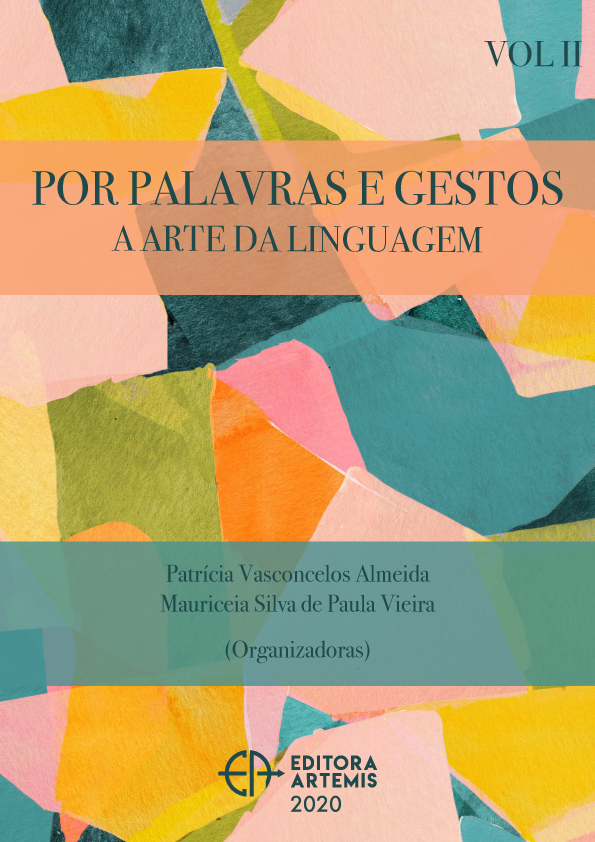
O MITO AMAZÔNICO: UMA TRADIÇÃO ORAL
Partindo de uma abordagem textual-interativa, objetivamos analisar e discutir o diálogo entre as imagens míticas amazonenses e sua reelaboração pelas vozes do narrador. Buscamos demonstrar que a imagem do narrador na sociedade rural amazonense, não pode ser compreendida fora do contexto social, o valor social do contador de histórias que, sob os olhos da sociedade que ouve e observa a contação de histórias mítica e cheia de magia significa naquele contexto que o conhecimento dos antepassados está sendo partilhado, que alguém é conhecedor dos costumes e da palavra. Assim, veremos a representação de poder e conhecimento históricos sociais realizadas por meio da imagem do narrador, tendo em vista sua função como elemento articulador entre informações antigas e novas, contribuindo para manutenção da interlocução passado e presente, já que o enunciador além de restaurar o texto-fonte (o passado) de modo diferente, interpreta também o texto derivado (o presente) ao produzi-lo no presente. As reformulações textuais realizadas por meio da paráfrase e da repetição, que visam articular essas informações antigas e novas, contribuem para o processo de coesão textual. Diante disso, nos basearemos, em estudos de Fuchs (1982), Hilgert (1981), Fávero (1997), Coelho (2003), Loureiro (2001), Benchimol (2011), entre outros, nos quais podemos verificar que a paráfrase e a repetição são tidas como recursos linguísticos fundamentais para a língua, porque modificam enunciados intensificando-os, expandindo-os e reduzindo-os.
O MITO AMAZÔNICO: UMA TRADIÇÃO ORAL
-
DOI: 10.37572/EdArt_11831072013
-
Palavras-chave: mito. paráfrase. oralidade. literatura. cultura.
-
Keywords: myth. paraphrase. orality. literature. culture.
-
Abstract:
Starting from a textual-interactive approach, we aim to analyze and discuss the dialogue between mythical Amazonian images and their re-elaboration by the narrator's voices. We seek to demonstrate that the image of the narrator in rural Amazonian society, cannot be understood outside the social context, the social value of the storyteller that, in the eyes of the society that hears and observes the mythical and magical storytelling means in that context that the knowledge of the ancestors is being shared, that someone is familiar with customs and the word. Thus, we will see the representation of historical social power and knowledge realized through the narrator's image, considering its function as an articulating element between old and new information, contributing to the maintenance of the past and present dialogue, since the enunciator besides restoring the source text (the past) differently, it also interprets the derived text (the present) when producing it in the present. The textual reformulations carried out through paraphrase and repetition, which aim to articulate this old and new information, contribute to the textual cohesion process. Therefore, we will base, in studies of Fuchs (1982), Hilgert (1981), Fávero (1997), Coelho (2003), Loureiro (2001), Benchimol (2011), among others, in which we can verify that the paraphrase and repetition are seen as fundamental linguistic resources for the language, because they modify utterances by intensifying, expanding and reducing them.
-
Número de páginas: 12
- Micheline Tacia de Brito Padovani

